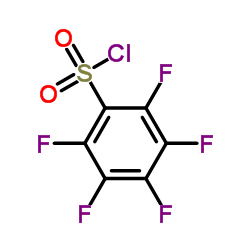| Structure | Name/CAS No. | Articles |
|---|---|---|
 |
N-Methylphenethylamine
CAS:589-08-2 |
|
 |
Pentafluorobenzenesulfonyl chloride
CAS:832-53-1 |